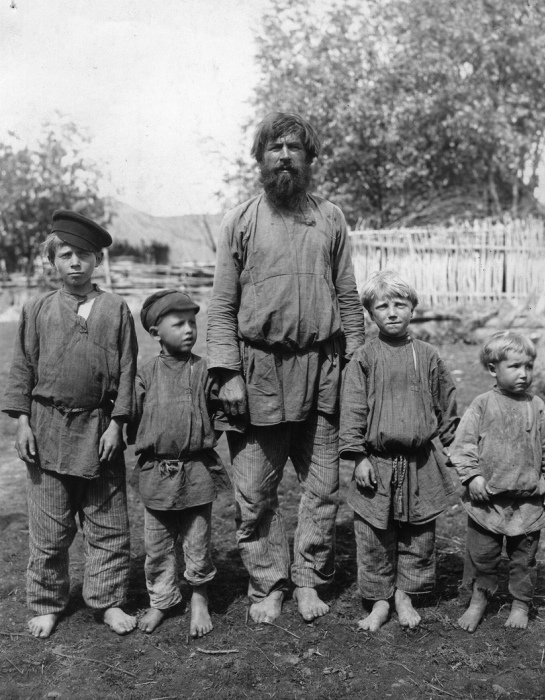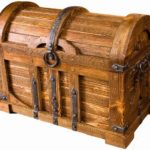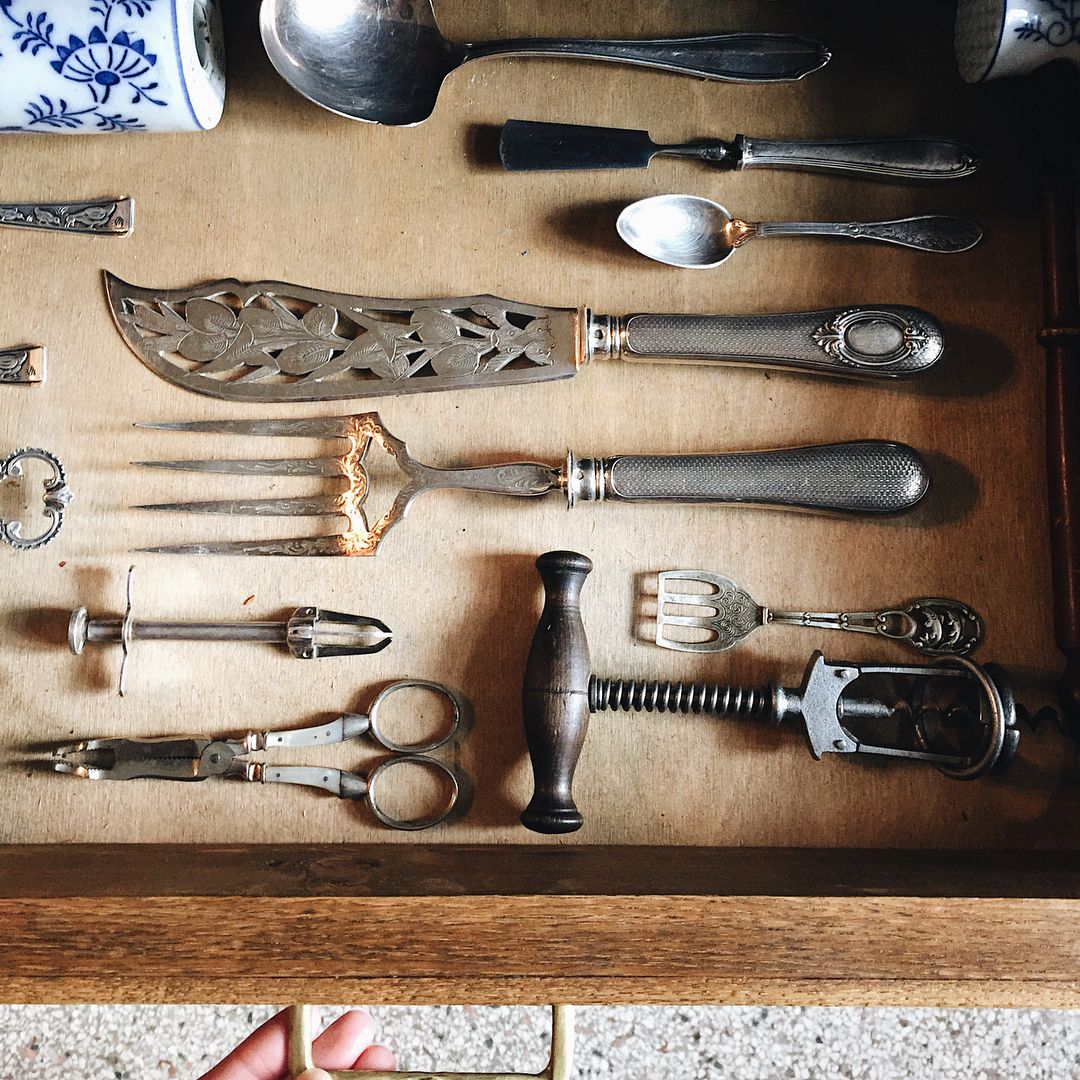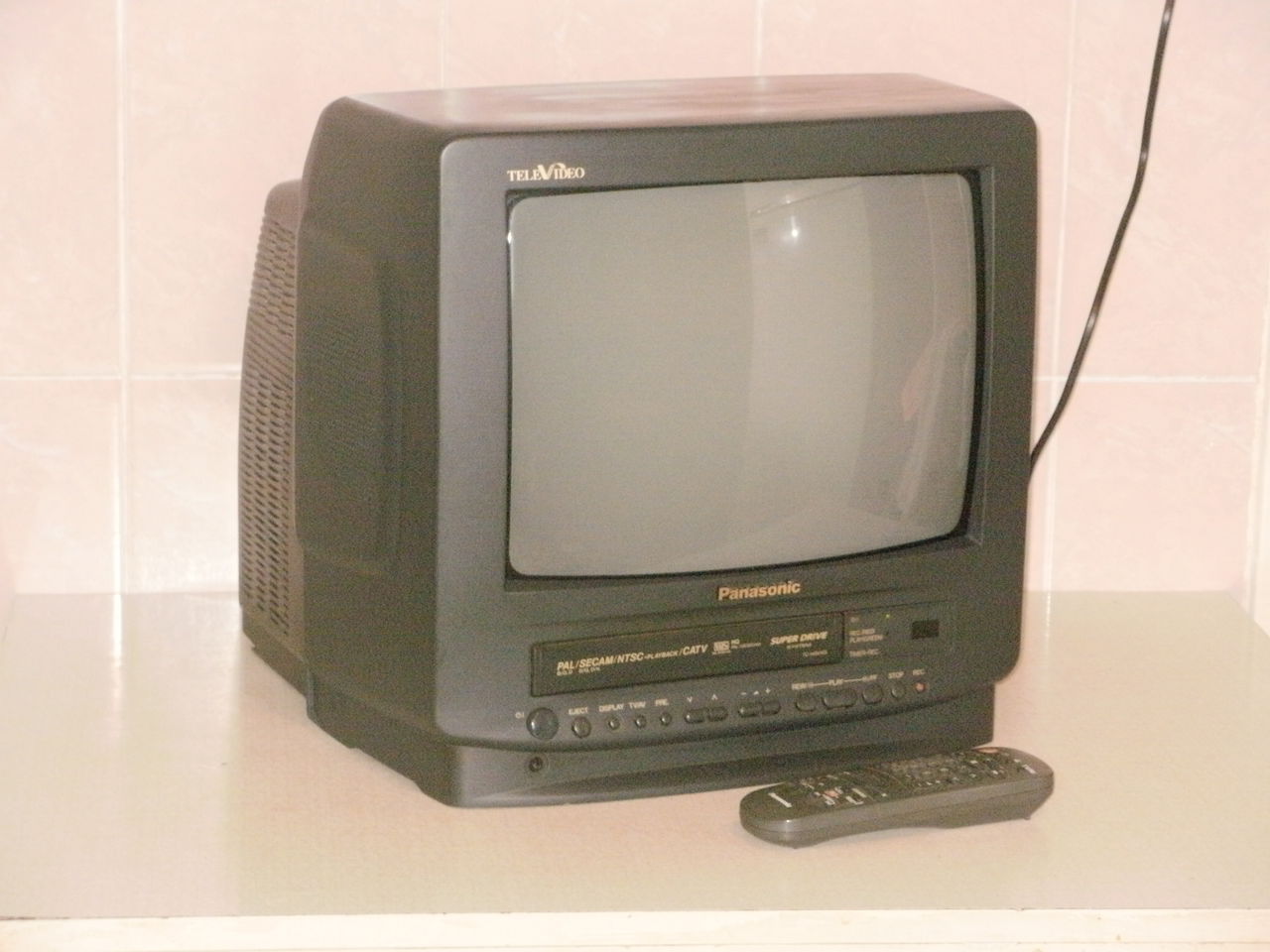5 interesting facts about peasant life that cannot be seen in ethnographic museums
Many ethnographic museums try to recreate as closely as possible the atmosphere of peasant life. But you’ll just see a prettier and sanitized version there. In most cases, the houses of ordinary workers looked far from what they looked like, and it is sometimes very difficult to demonstrate the real side of peasant life.
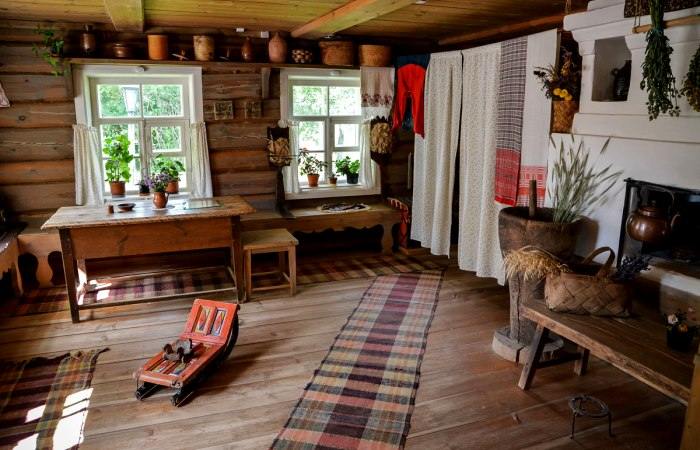
We invite you to get acquainted with little-known facts of peasant life that you will not see in museums, and plunge into the atmosphere of the past.
The content of the article
Heating
At that time, there were two ways to heat a house: black and white. But the most common was the first option:
- for “white” heating, the consumption of wood is higher;
- the black method required less firewood, and given that many peasants did not have a saw, it was very difficult to prepare logs.
Of course, in order to light the black stove, it was necessary to have special skills. You cannot build a strong fire so that dangerous sparks do not start flying out of the stove mouth, and for kindling, in order to avoid burning, only thoroughly dried pine, aspen or alder firewood is used.
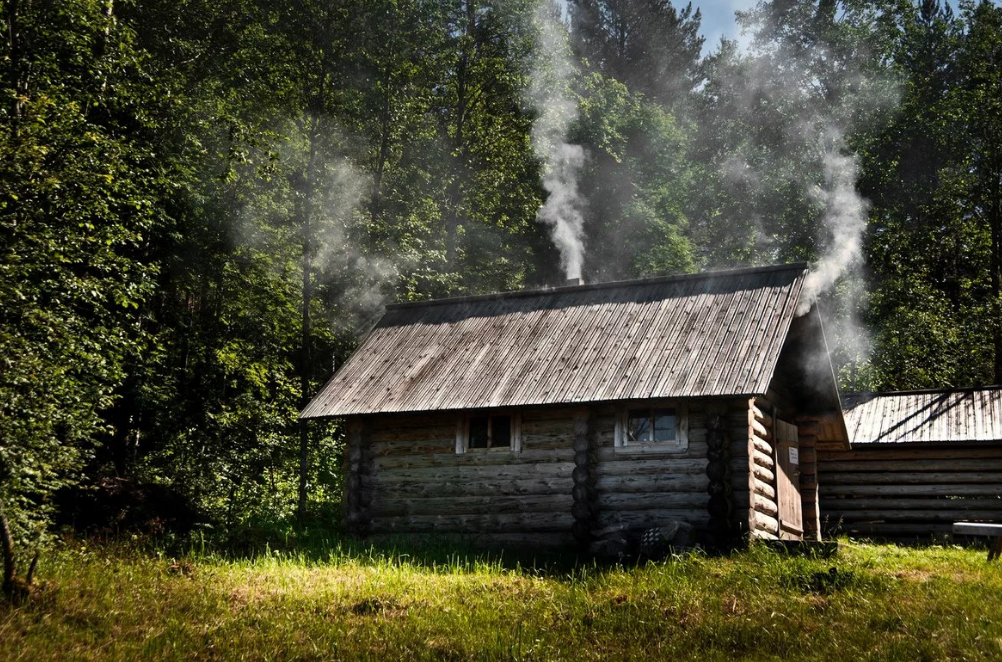
However, one should not think that our ancestors were so greedy and uneducated that they allowed smoke to fill the entire house. In fact, drowning “black” is a real skill that not everyone can learn.In addition, this method had another advantage - the smoke entering the room disinfected the air in the rooms, and in times of lack of medicines and antibiotics this was a strong argument in favor of the “black” method.
Many people believe that in such houses the entire ceiling, walls and residents were black with soot, but this is far from true. With proper kindling, only part of the wall next to the stove was covered with soot. The ventilation and smoke exhaust system here was very well thought out, tested by the centuries-old everyday and construction experience of the people. The smoke, gathering under the ceiling, fell only to a certain and always constant level.
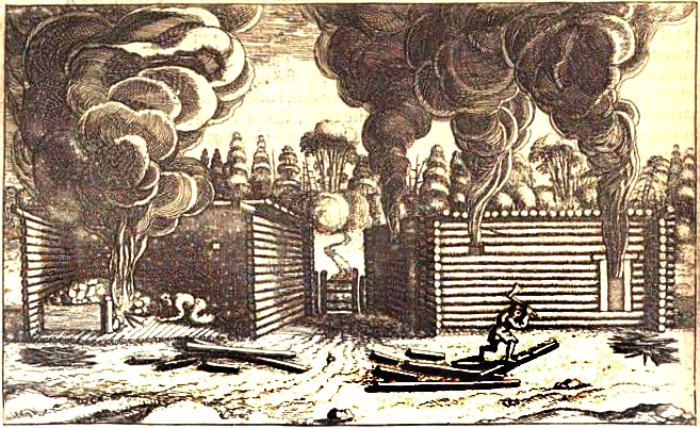
Window
In those areas where the cold was raging, so-called smoke huts were built. They did not envision a brick chimney, and therefore fired them using the “black” method. One feature of such houses is the absence of windows. An alternative is small holes in the walls so that the smoke still somehow escapes from the room. By the way, after heating the furnace, such “windows” were still plugged with something in order to retain heat for a long time.
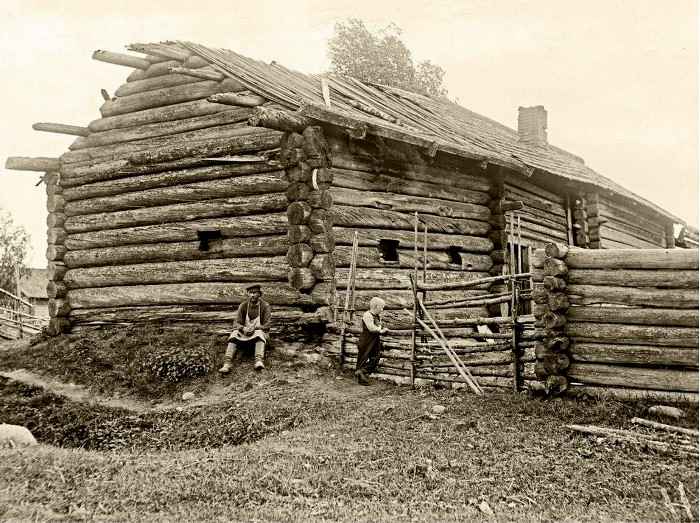
Home interior
The atmosphere was much more sparse than what is presented in ethnographic museums. The center of attention was, of course, the stove. There was also a red corner where icons were placed. By the way, it’s worth saying that this area always shone with cleanliness and order.
Benches were placed along the walls, on which people not only sat, but also rested. But there were practically no shelves for dishes. Kitchen utensils were stored on the floor, and instead of a wardrobe, the peasants used chests.
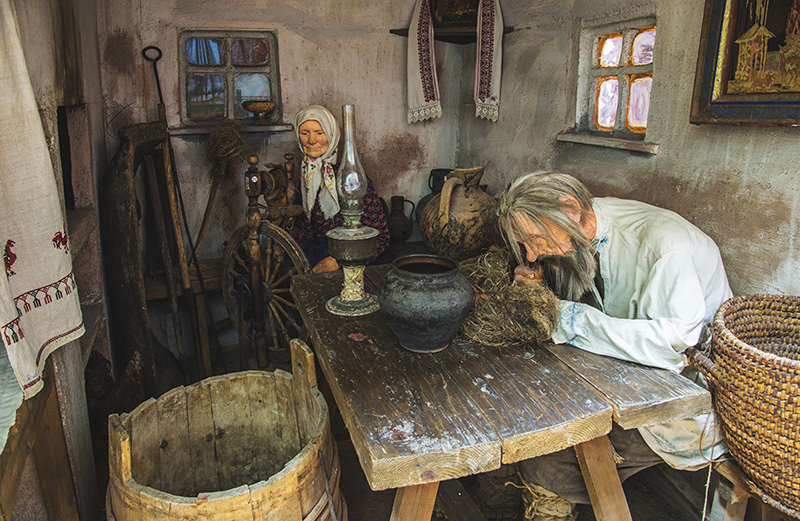
Floor coverings
In museums, peasant rooms often have wooden floors, but in reality this was not the case. In fact, the type of flooring dictated the actual location of the house.For example, in most cases it was a sandy floor: it was compacted so hard that it rather resembled stone. But sometimes the hut was even dug into the ground.
The floor was earthen; the ground was watered and compacted well. After some time it became quite hard. Doors were made from logs split into two and hewn.
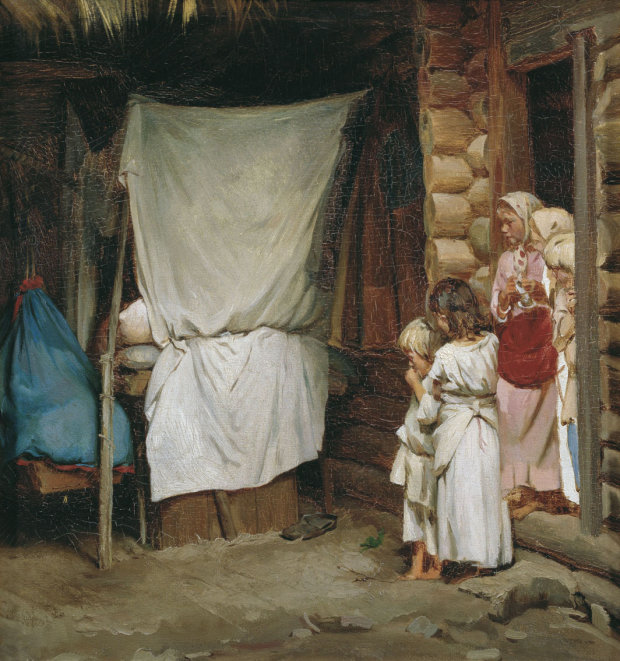
Cloth
The clothes of the peasants were much simpler than they show us in the movies, and even in the same museums. It’s worth saying right away that all these elegant and snow-white embroidered shirts, shirts and sundresses, colorful head scarves are perhaps a festive option for clothing, but not everyday wear for a person who spends a lot of time working with his hands.

Basically, the wardrobe consisted of loose-fitting clothes in gray and black colors. The material used is thick homemade cloth.
